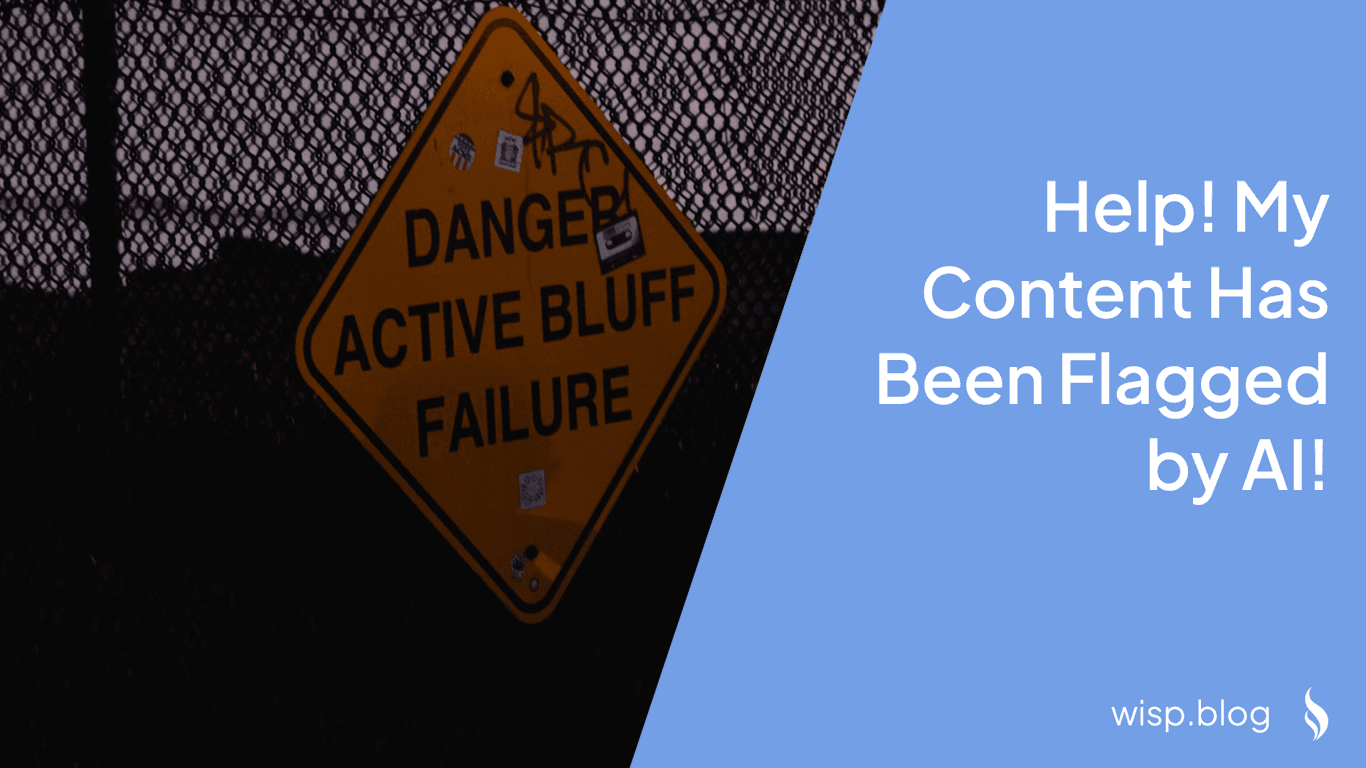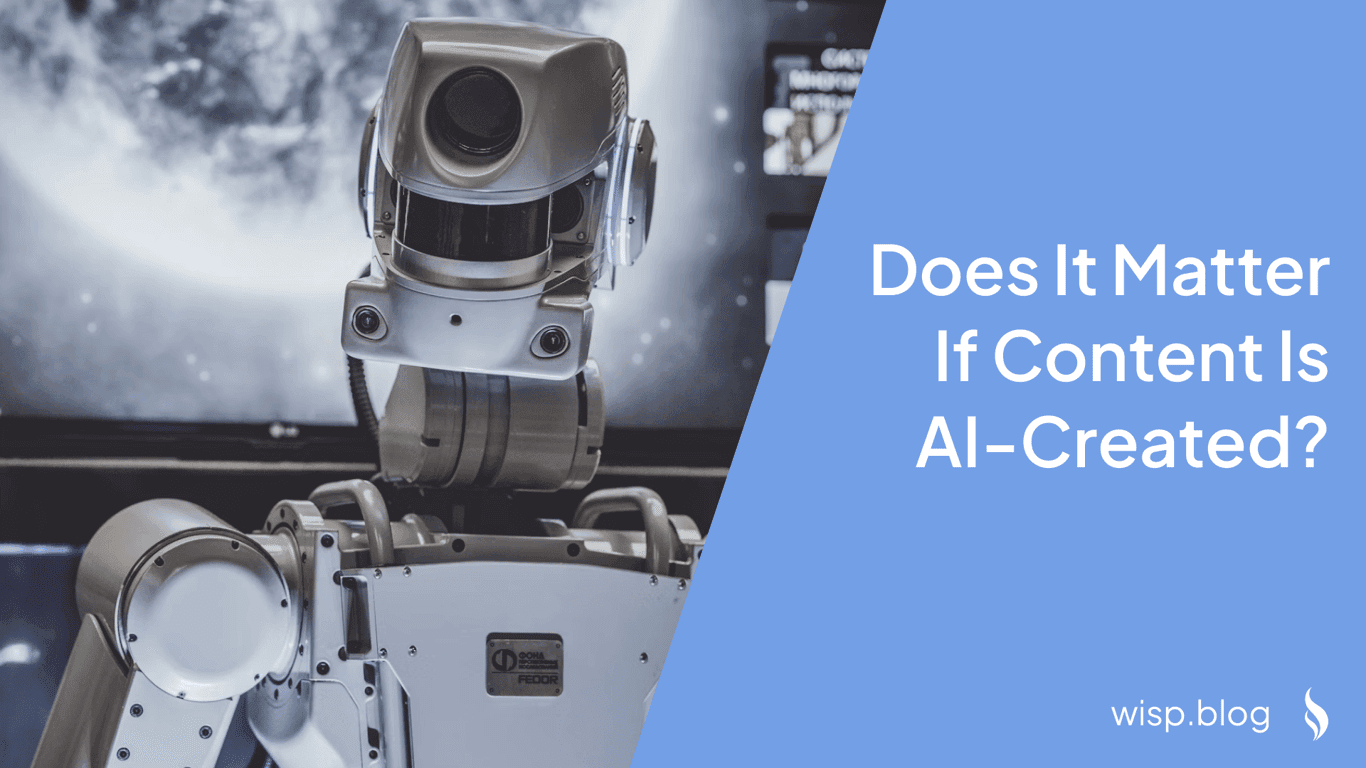
You're scrolling through your favorite news site or blog, reading what seems to be an informative article. But something feels off. The language is a bit too polished, the phrasing oddly repetitive. You start to wonder: "Is this written by a human or an AI?" With the internet becoming increasingly flooded with AI-generated content, it's getting harder to distinguish between human and machine-written articles. This uncertainty can leave you feeling frustrated and questioning the authenticity of the information you consume online.
This uncertainty can be unsettling, especially when you're trying to gather reliable information or enjoy authentic storytelling. You may have noticed some of your friends or colleagues seem to have a knack for identifying AI-written content, leaving you curious about their secret detection methods.
There's a simple yet effective way to spot AI-generated content: by identifying specific phrases and words that AI writing tools tend to overuse.
These linguistic patterns act as telltale signs, often revealing the artificial nature of the text. By familiarizing yourself with these common AI phrases, you can develop a sharper eye for detecting machine-written content and regain confidence in your ability to discern authentic human writing.
Let's explore some of the most common phrases and words that frequently appear in AI-generated content. By keeping an eye out for these, you can become more adept at identifying potential AI-written articles:
"In the realm of"
This phrase is often used by AI to introduce a topic or field of study. While not exclusively used by AI, its frequent appearance can be a red flag.
Example: "In the realm of digital marketing, content creation plays a crucial role."
"It is important to understand"
AI tends to use this phrase to emphasize key points, but it can come across as overly formal or stating the obvious.
Example: "It is important to understand the basics of SEO before implementing advanced strategies."
"... embark on your ... journey"
This metaphorical language is a favorite of AI writers, often used to describe processes or learning experiences.
Example: "As you embark on your coding journey, remember to practice regularly."
"a nuanced understanding of ..."
AI likes to use this phrase to suggest depth or complexity in a topic, but it can feel overused.
Example: "Developing a nuanced understanding of market trends is essential for success in stock trading."
"a meticulous examination of ..."
This phrase is often employed by AI to convey thoroughness or detailed analysis.
Example: "A meticulous examination of the data reveals surprising patterns in consumer behavior."
"... is a game changer"
AI tends to overuse this buzzword to emphasize the importance or impact of a concept or technology.
Example: "Artificial intelligence is a game changer in the field of healthcare diagnostics."
"Tapestry"
This metaphorical term is frequently used by AI to describe complex or interconnected systems or ideas.
Example: "The rich tapestry of cultural influences shapes modern cuisine."
"Delve"
AI often uses this verb to suggest deep exploration or investigation of a topic.
Example: "In this article, we'll delve into the intricacies of quantum computing."
"Fostering"
This word is commonly used by AI to describe the promotion or encouragement of a particular quality or activity.
Example: "Fostering a positive work environment is key to employee retention."
"Crucial"
AI tends to overuse this word to emphasize the importance of various points or concepts.
Example: "Understanding customer needs is crucial for developing successful products."
When you encounter these phrases repeatedly in an article, especially in combination with each other, it may indicate that the content was generated by AI. However, it's important to note that human writers may also use these phrases occasionally, so context and overall writing style should also be considered.
Additional tips for spotting AI-generated content:
Look for overly complex language or unnecessarily formal tone
Check for a lack of personal anecdotes or real-world examples
Be wary of content that seems to lack a unique voice or perspective
Pay attention to repetitive sentence structures or phrasing
Consider whether the article provides genuinely novel insights or just repackages common knowledge
By familiarizing yourself with these common AI phrases and developing a keen eye for the telltale signs of machine-generated text, you'll be better equipped to navigate the increasingly AI-populated internet. Remember, the goal isn't to dismiss all content that might be AI-generated, but rather to approach online information with a critical mindset and seek out authentic, human-crafted content when it matters most.
As AI technology continues to evolve, so too will the markers of AI-generated content. Stay curious, keep learning, and don't hesitate to question the authenticity of the content you encounter online. By honing your AI-detection skills, you'll be able to make more informed decisions about the information you consume and share, ultimately contributing to a more discerning and well-informed digital community.


